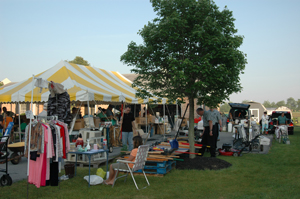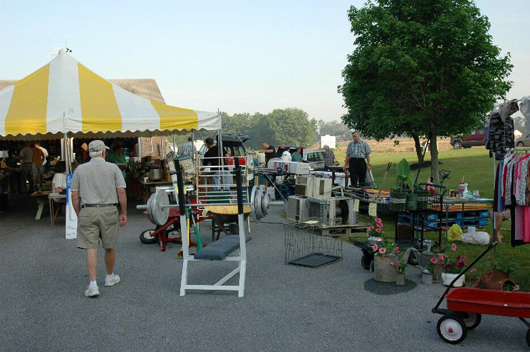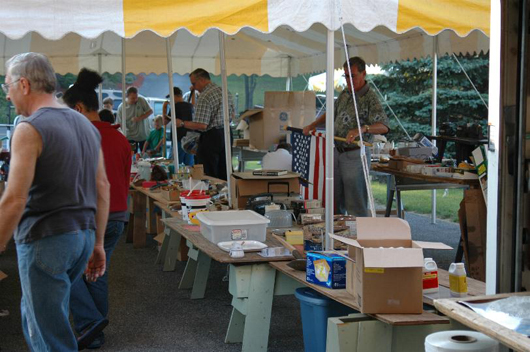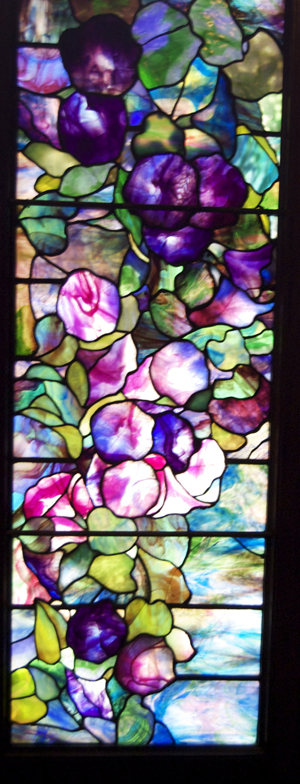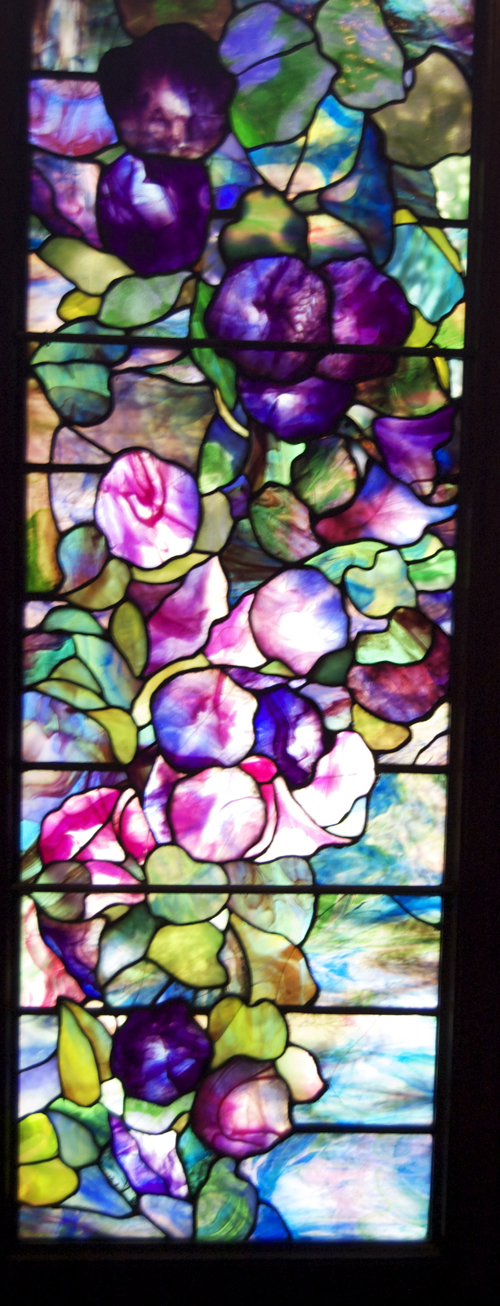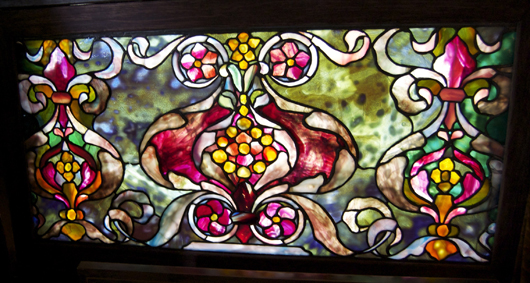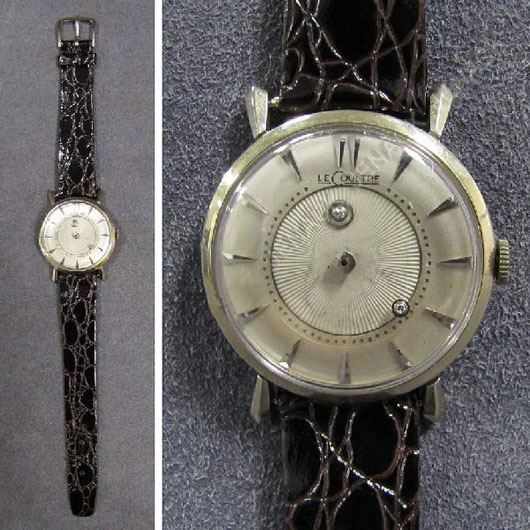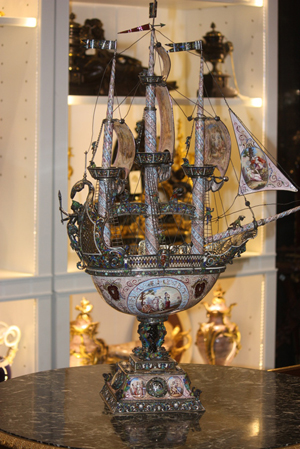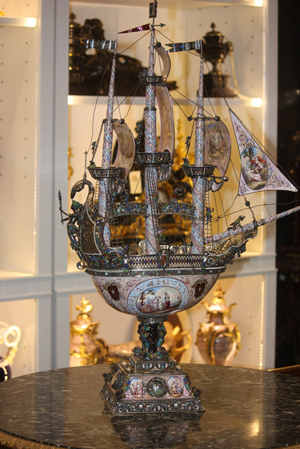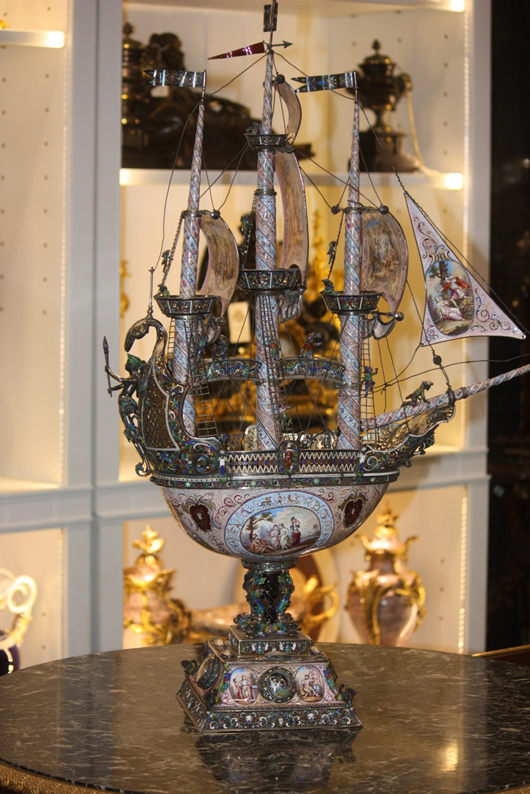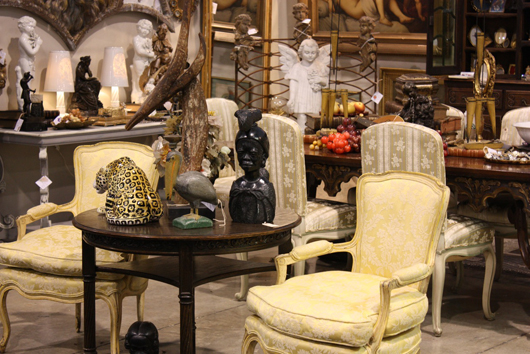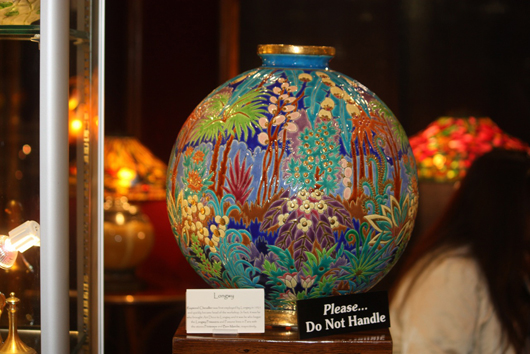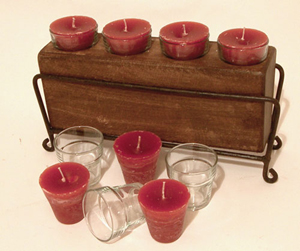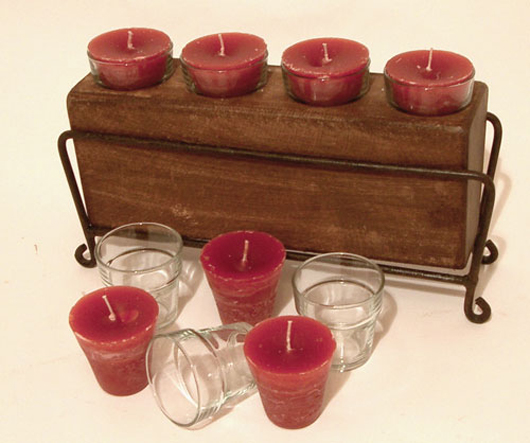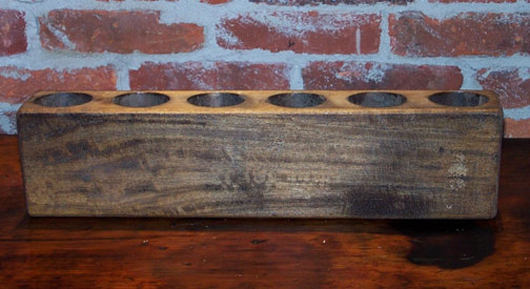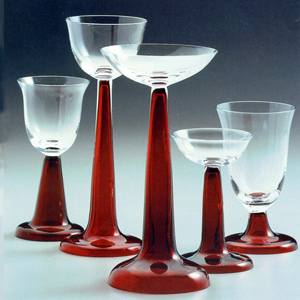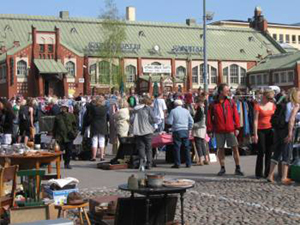
Over the years many exciting things have turned up in flea markets overseas. For example, several years ago in a flea market in France a painting was purchased for approximately $2,500 that turned out to be an original Vincent van Gogh valued at around $3.5 million.
The following are a few of my favorites, and tips on what you can expect to find at each:
Tokyo, Japan
Togo Antique Market – This is the biggest of all the antique markets in Tokyo. Open every first, fourth and fifth Sunday.
Vintage kimonos, woodblocks, Imari and even American products such as antique toys, Barbie dolls, radios and movie posters.
Helsinki, Finland
The Hietalahti Flea Market – Also known as Hietsu. Open from May to September, Monday-Friday 9 a.m.-7 p.m. and Saturdays 8 a.m.- 4 p.m., Sundays 10 a.m.-4 p.m.
A lot of Mid-Century Modern Finnish design, some Scandiavian and Russian products. Dealers are prohibited from selling new products. Lots of tourists frequent this market.
Vienna, Austria
Naschmarkt – Vienna’s most popular market. It has existed since the 16th century and is open every Saturday 6:30 a.m.-6 p.m. There are over 200 dealers selling every type of antique imaginable. Furniture, collectibles, books, sculpture, art and more.
Tongeren, Belgium
Veemarkt Square – The largest flea market in the Belgium-Netherlands-Luxembourg region. It opens at 7 a.m. and closes at noon, so you want to arrive early.
Just about anything can be found here from furniture to glass, chandeliers to vintage hardware.
London, England
Portobello Road – England’s largest flea market. Open every Saturday beginning as early as 5:30 a.m. Most stall dealers are there by 8 a.m. Over 1,000 dealers offering some of the finest trash to treasure each week.
Arts and Crafts Period, Art Nouveau, Art Deco and Mid-Century Modern are the mainstays of this market, though you can find Old Masters paintings, early architecture and books.
Berlin, Germany
Strasse des 17. Juni – Named for a major thoroughfare, this is the most popular and classy flea market in Berlin. Open Saturday and Sunday 11 a.m.-7 p.m.
There’s less junk at this flea market. This is a more upscale antiques market where you are less likely to find a bargain, but certain to find fine quality goods.


